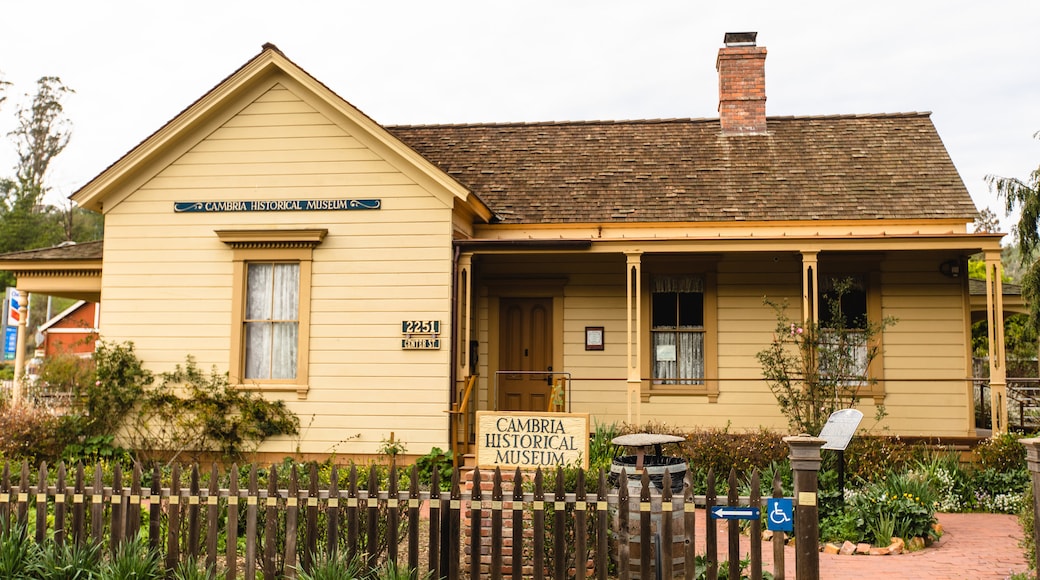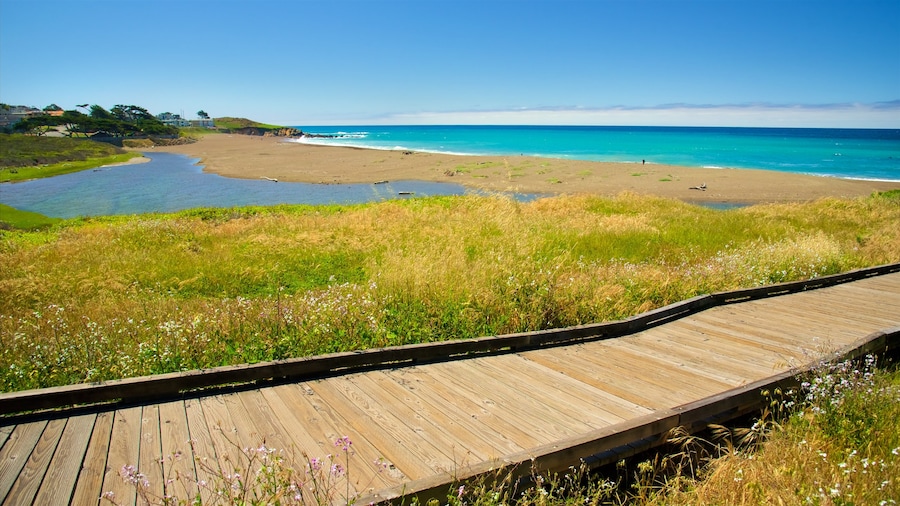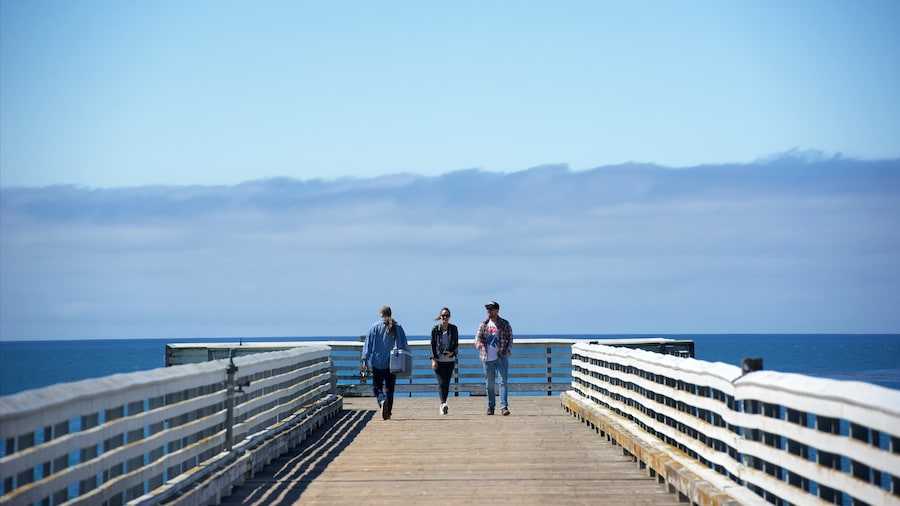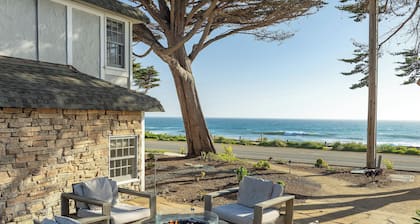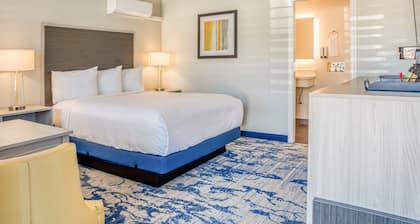The Cambria Historical Museum mainly showcases the history of the Guthrie-Bianchini House, one of Cambria's oldest homes. Tour the museum with a docent to hear stories about the past, or view the house and garden at your leisure.
An early European settler, Thomas Clendinen, built the house in 1870 and a second living space was added by a later owner to give it its current “salt box” design. Sarah Guthrie, the wife of a wealthy businessman, bought it in the late 19th century and sold it to Eugenio Bianchini from Switzerland in 1916. When the last of his descendants left in 1971, the house fell into disrepair.
After it was purchased by the Cambria Historical Society to prevent it from demolition, the Guthrie-Bianchini House was carefully disassembled, lifted onto new foundations, and then restored to its former glory using a mix of old and modern materials. Even the wallpaper is an authentic reproduction of the original.
As you tour the house and gardens, you’ll get a feel for how the first pioneers of this once wild part of Southern California used to live. Read documents, view the photographs and listen to recorded interviews with locals about the period when Cambria began to prosper in the mid 19th century.
Local families have also donated various instruments, everyday household items and ornaments to show what life was like in the 19th century. If you are here on a road trip, don’t miss the displays about the building of State Highway One along the Big Sur.
The Cambria Historical Museum on the corner of Burton Drive and Center Street in Cambria's East Village was opened in December 2008 and is run by the volunteers of the Cambria Historical Society and other locals. Access is free and the historic house museum is open each afternoon from Friday to Sunday and also on Monday mornings, but only for 3 hours. Note that it only takes about an hour to tour the museum and admire its garden. There is a small gift shop that sells local history books, T-shirts and other memorabilia.
